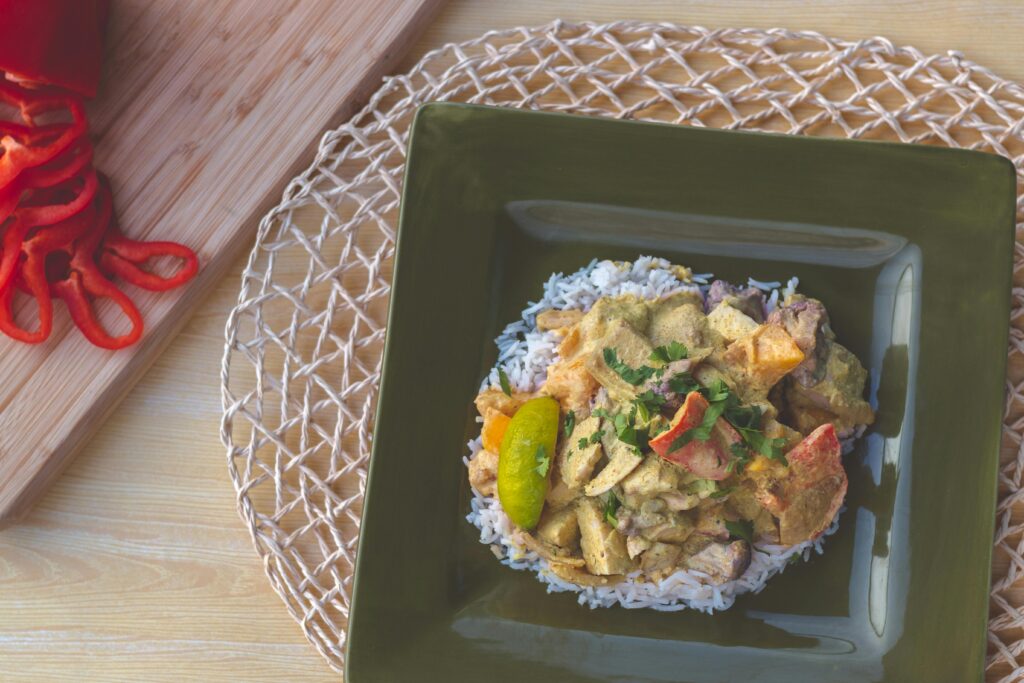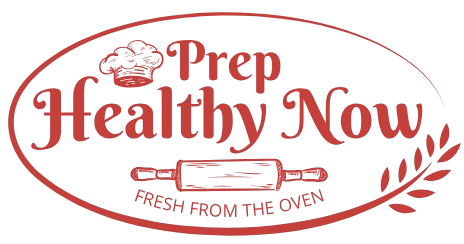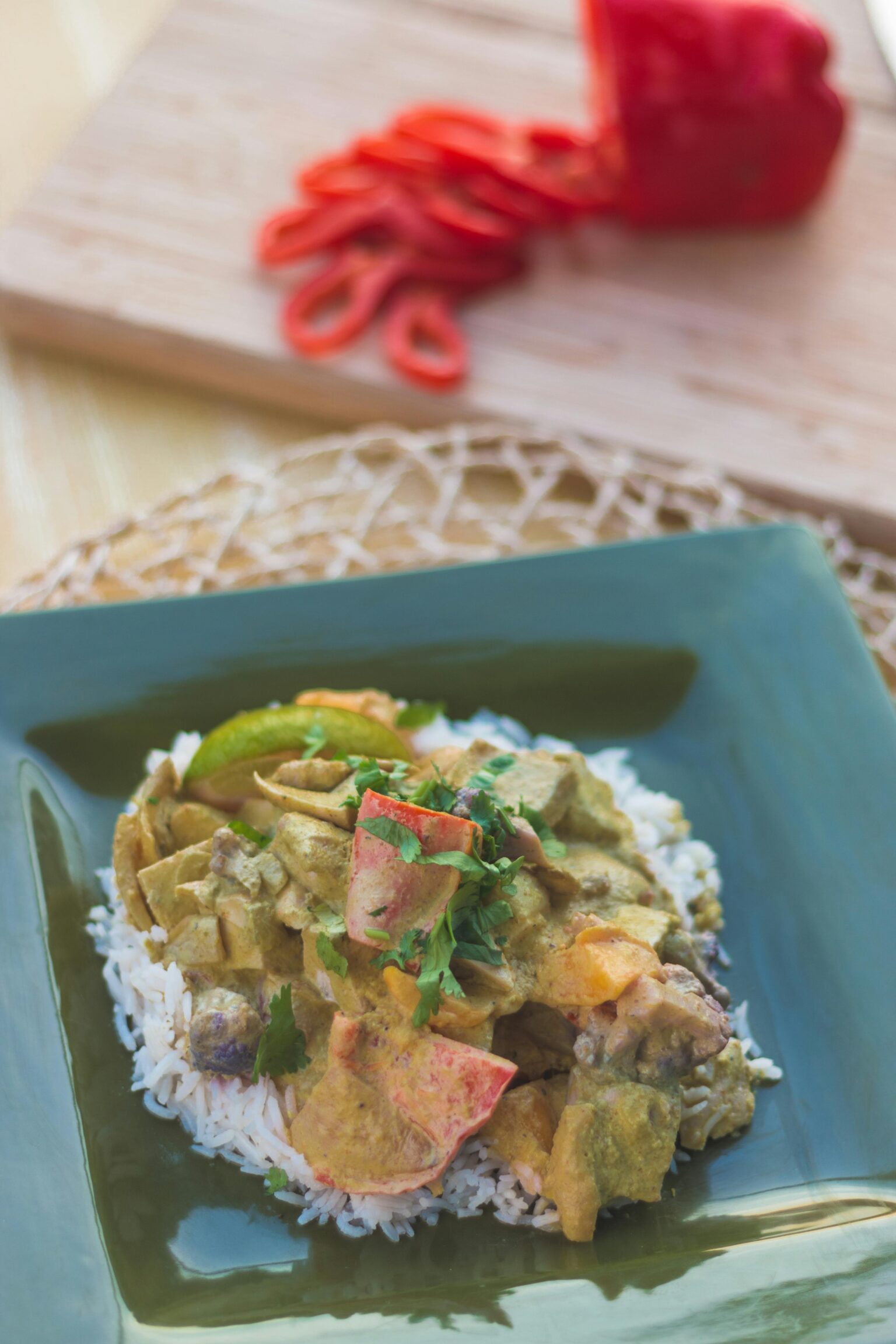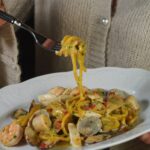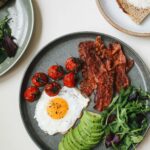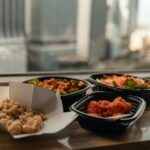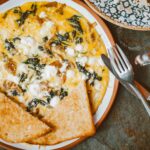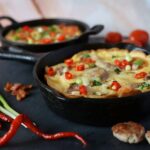Recipe blogs are like treasure troves, where every post is a culinary adventure waiting to be explored, enjoyed, and shared with those who crave the magic of home-cooked meals.
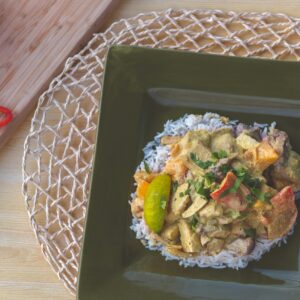
Creamy Chicken and Mushroom Rice
Ingredients
- 100 g olive oil
- 2 boneless, skinless chicken breasts
- 1 cup mushrooms
- 2 cup chicken broth
- Salt and pepper to taste
- 2 cup heavy cream
Instructions
- Heat olive oil in a pan over medium heat. Add chicken, season with salt and pepper, and cook until browned. Remove and set aside.
- In the same pan, add onion and garlic. Cook for 2 minutes, then add mushrooms and sauté until soft.
- Stir in the rice and cook for 1–2 minutes to lightly toast.
- Pour in chicken broth. Bring to a boil, then reduce heat and cover. Simmer for 15–18 minutes, or until rice is cooked.
- Stir in the cream and return the cooked chicken to the pan. Cook for 3–4 more minutes.
- Garnish with chopped parsley and serve warm.
Notes
A good recipe should be easy to follow
Not all recipes are created equal. Some recipes are simple, logical, and easy to use. Others are a messy hodgepodge of steps and ingredients.
Without clear instructions, your cooks can’t figure out how to prepare your dish, follow your techniques, or understand your cooking tips and tricks.
Recipe clarity allows cooks to follow from one step to another without frustration. If you’ve done your job well, cooks leave your recipe with the intention to return and might even share your recipe with others or try more of your recipes.
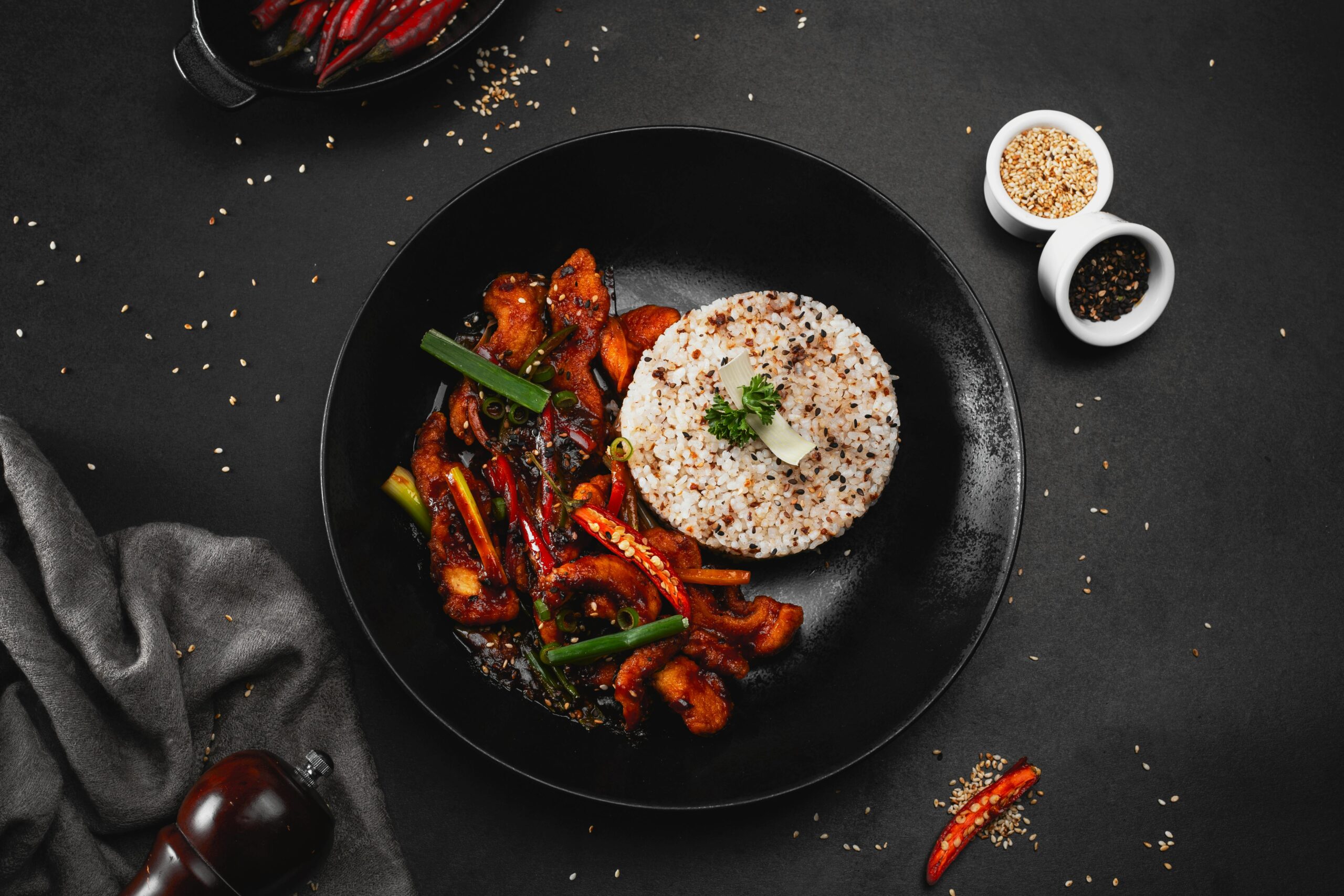
Bad recipe instructions are an especially common problem. We’ve all struggled to follow disorganized recipes without any logical structure. It feels hopeless.
Using “complex cooking techniques”. Because a recipe generally carries a lot of steps, complex techniques result in low success rates and “frustration” for cooks, especially those who are beginners.
Creating visual rhythms in your recipes
In cooking, rhythm is created by simply repeating steps in predictable patterns. This repetition is a natural thing that occurs everywhere in our world. As people, we are driven every day by predictable, timed events.
One of the best ways to use repetition and rhythm in recipes is in the preparation steps. A consistent, easy-to-follow pattern—in ingredients, steps, etc.—gives cooks an intuitive roadmap to everything you want to share in your recipe.
Rhythm also factors into the layout of recipes. For example, you “might have” breakfast recipes, dessert recipes, and dinner recipes each follow their own certain layout pattern.
Elements that can help recipe visual appeal
Nobody enjoys looking at an ugly recipe page. Garish colors, cluttered images, and distracting fonts can all turn cooks “off” and send them looking “somewhere else”. Basic composition rules to create more effective recipes:
Diving into recipe presentation
Recipe and Presentation: Two terms that are often used interchangeably, but actually mean very different things. So what exactly is the difference?
Recipe design refers to the term “structure and steps of cooking”, while presentation stands for “final plating and serving”. Both elements are crucial to a dish and work closely together. But despite their relationship, the roles themselves are quite different.
Styles come and go. Good taste is a language, not a style.
Massimo Vignelli
Ensure that ingredients are easy to identify
Effective recipe design leads the cook with clear purpose and focus. Each part of the recipe should be intentional—shaped by thoughtful choices, not by personal preferences or passing fads.
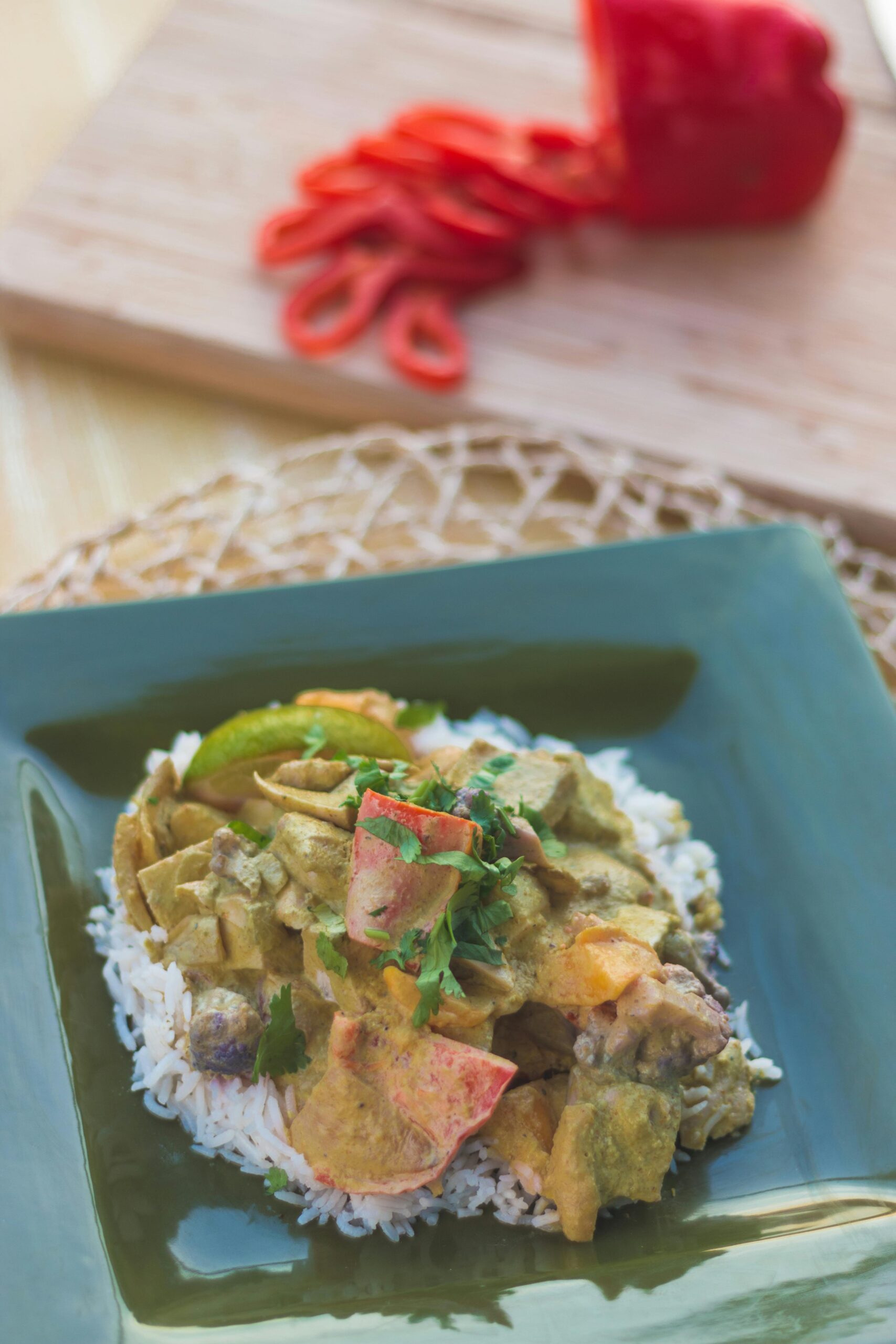
Using complex cooking techniques can make recipes harder to follow. Since recipes often involve many steps, overly advanced methods can lead to mistakes and frustration—especially for beginner cooks.
Designing recipes with a clear visual pattern
In cooking, rhythm comes from repeating steps in familiar, predictable patterns. This kind of repetition feels natural—mirroring the routine, timed events that guide our daily lives.
One of the best ways to use repetition and rhythm in recipes is in the preparation steps. A consistent, easy-to-follow pattern—in ingredients, steps, etc.—gives cooks an intuitive roadmap to everything you want to share in your recipe.
There is no sincerer love than the love of food.
George Bernard Shaw
